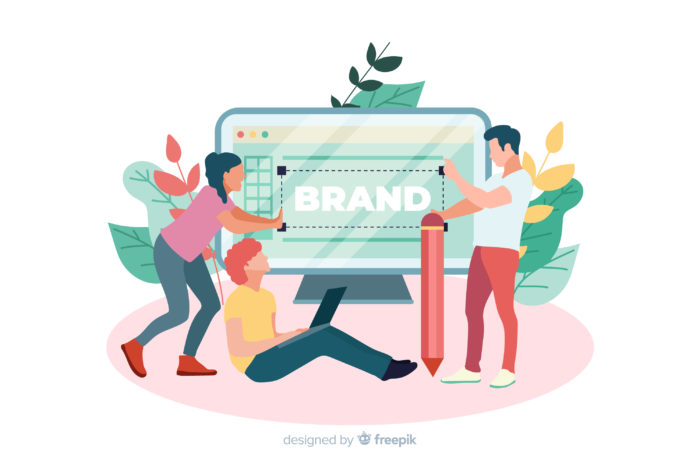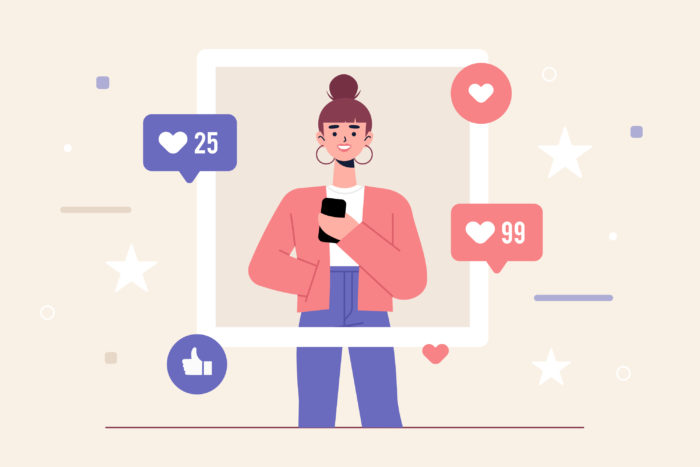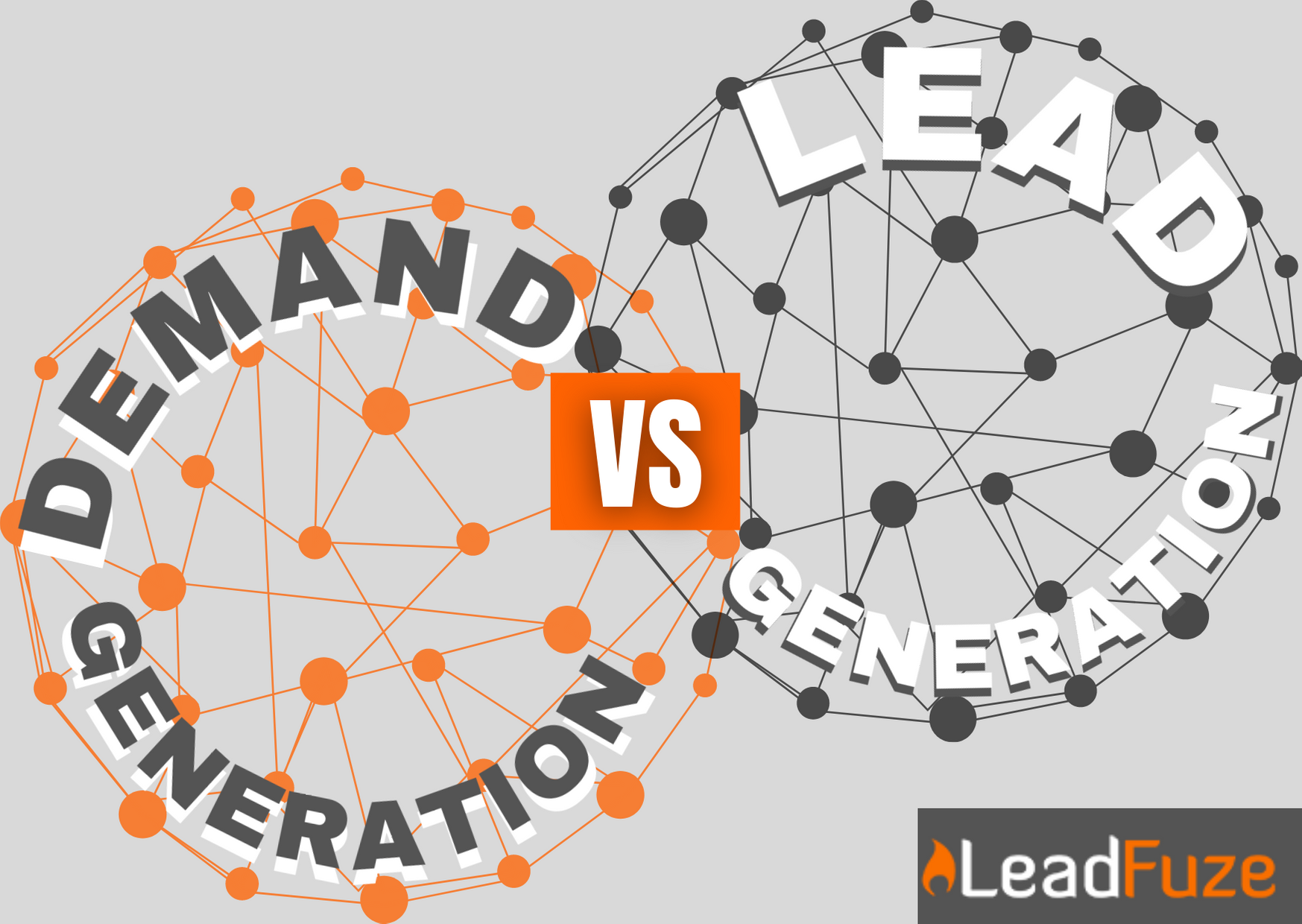If we’re being honest, there are still a ton of things that even the most experienced marketers are new to.
More recent versions of marketing schemes have come up in the industry, and a lot of us struggle to keep up.
Even more recently, demand generation has emerged as another fundamental part of marketing.
And with all the generations you’ve already heard of in marketing, you’d think, “Another one???”
It’s true that with modern-day marketing comes many modern marketing terms.
Lead generation already composes of a lot of things in itself.
Demand generation, on the surface, consists of the same things that lead generation might need.
But it’s far more than just collecting leads. It’s about nurturing them and building brand awareness and interest.
Understanding what exactly demand generation is and how it is both similar and different to lead generation can further help you lean towards the best strategies for your business.
Diving into Demand Generation vs Lead Generation
What is demand generation?

Simply put, demand generation is an all-encompassing system of sales and marketing strategies that aim not only to reel in leads, but to keep them interested.
It has much to do with creating brand-awareness, which can be valuable when a brand is just starting out.
While lead generation focuses mainly on generating leads, demand generation basically focuses on keeping them.
They work hand-in-hand with each other.
Brand awareness is really how well people associate your brand name with what you have to offer.
Ever wonder why we always say “Band-Aid” instead of regular old bandage, or look for “Q-tips” instead of just cotton buds?
Or how we’ve completely disregarded other search engines and turned, “Google it,” into a valid verb?
That is the perfect example of brand awareness, in fact it’s pretty much the pinnacle of the success you’ve garnered.
In fact, in 2016 a report made by Buffer called the State of Social states that 83% of social media marketers’ number one goal was to build brand awareness.
Brand awareness doesn’t just aim to bring in leads, it aims to keep them coming back for more.
That being said, demand generation consists of even more steps than your average marketing plan.
Just like any other process, however, demand generation starts with attracting different people to your site.
Identify which kind of customer persona will get attracted to your site or find it relevant to what they’re looking for.
For others it can also be those who are most likely to respond to what your brand stands for.
From there, the goal is to convert these people into prospects.
And then eventually, those who are interested are willing to pay for these products and services.
But of course, we don’t just want this to be a one-time thing.
Our goal is for them to return and to build a long-term relationship with them because of a great experience!
Think of it as a funnel, where it starts out broad, and then narrowed down to qualified leads.
Eventually those qualified leads get also filtered into a pool of paying customers and clients.
What does brand awareness do for brands?
Of course, not all brands can get a taste of eponym status, which is the state that associates products and services with the people (or companies) that invented or discovered them.
Some of the things that brand awareness benefits a company and its customers:
-
It builds trust.
Brand awareness builds trust with its users by establishing your own message and vision.
Make it known to people what your brand stands for and we can guarantee that they’ll be back.
Showing why they should choose you and being able to deliver will set you apart from competitors.
Soon, anonymous visitors turn into leads and soon enough, repeat customers.
You can expect that the next time around, customers and clients won’t even give it a second thought — they’ll come to you.
-
With trust comes integrity.
Once you’ve built that trust with your target audience, you can expect that by word-of-mouth (or social media these days) that you’re bound to bring in more leads.
These days, many people rely heavily on the opinions of others to come to their decisions, especially when it involves shopping.
Establishing integrity and upholding that will have your customers and clients raving about you and recommending you as well.
That can lead to a boost in demand for your products or services, since your integrity also speaks of the quality of products and services.
Later on, this can justify the increase of your prices, as well as hint at the possibility of expanding or extending your business such as branching out.
-
Association!
When brands have set out their intentions and values, built their trust and integrity, then you know what comes next.
People will start to identify and link brands to what they have to offer.
Your logos, color schemes, aesthetic and content can only do so much.
You’ll want something that sets you apart from the rest, which is how brand association will work.
Let’s face it, there will be numerous competitors in a market.
When you’ve established your brand and claimed it, many people will start associating actions, products and services with you.
Brand awareness is the fruit of a lot of hard work and perseverance.
It definitely isn’t something attainable overnight.
What can I do to build brand awareness?

At the rate that people are using social media, there are so many different platforms and techniques that you can try.
Any social media presence surely tend to already get you plus points, because a social media standing is what others rely on for credibility these days.
But a huge following is simply just not enough to build lasting relationships with prospects.
Identify your target audience, as this is extremely crucial to the process.
Knowing who you’re trying to reach is the first step, and then you go from there.
A great place to start building brand awareness is by engaging with them.
Share with them personal experiences, make the brand more than just a company or a robot.
It personifies the brand, makes it feel more welcoming, establishes that degree in which customers can relate to you and sometimes even evokes a sense of belonging.
This is interacting with them on a more intimate level, not needing them to pay for anything, not asking for any participation.
Don’t be afraid of learning from customers, listening to their own concerns and criticism for this will surely help the growth of a brand.
It also develops a voice that the brand follows and get associated with, and having a unique voice makes a brand memorable!
This helps to complete your brand’s identity.
People are more likely to express loyalty to a brand whose values and visions resonate with theirs.
If possible, you can also consider offering your prospects a glimpse into what your brand really has to offer.
By giving away a free trial or a first impression, you’re not only giving prospects a chance to see if you’re the real deal.
You’re also showing them that you’re not asking for any commitment or loyalty, just for them to try it out and see for themselves.
This maintains the idea that you’re a credible brand or company to turn to in the industry, making you the go-to.
From there, another helpful strategy is referral programs and vouchers.
Brands offer first-time-purchase vouchers and codes to encourage people to check out.
Other brands offer a discount when you refer a friend.
Giveaways and online contests also generate traction, especially to your social media platforms where you can host them on.
Sponsoring events in your industry can be helpful to get your brand noticed.
But you have to make sure that there is opportunity for consumers to actually interact with your products and get to know them more.
Social media has a broad range of usage in both lead generation and demand generation.
Creating free content that is easy to share on these platforms is also another easy way to attract prospects.
Blogs and infographics are some popular options, as people can really get some substantial reading out of it.
Facebook, Instagram and Twitter posts work, too!
Leveraging and maintaining a social media presence is definitely something that boosts a brand’s awareness.
Word-of-mouth is one of the fastest, most effective ways that a brand name can really get around.
The enthusiasm from regular customers can kick things up a notch and earn you even more qualified leads.
Reaching “influencers” is also something that we rarely talk about but is highly effective.

Because of the way that people rely on each other’s opinions, seeing a family, friend or even someone’s favorite “influencer” talk about you and your products will help other people see and believe in you, too.
Other people follow hype and controversy, and while this is not the traditional way to get a head-start on your business, who knows what it can do for you in the long haul!
The power lies mainly in how you impact other people, so make sure you set a great first impression!
What is the difference between demand generation, lead generation and inbound marketing?
It’s easy to get lost in the mix of all this modern marketing lingo because there are so many new terms.
A lot of them eventually overlap and start sounding the same.
So we’ll walk you through it this demand generation vs lead generation debacle.
We started by defining demand generation as targeted towards driving brand awareness and retaining customers’ interest in its brands or services.
In contrast, lead generation is simply the act of getting consumers to actually show interest in a brand or company.
The inbound marketing methods used in lead generation are those which actually spark that interest and turn it into something more.
You can do this through social media, blogs, search engine optimization (SEO) and overall branding.
Where demand generation focuses on brand awareness, vs lead generation leans more towards brand recognition.
These two get often used interchangeably, but still there is a notable distinction between the two, don’t get them confused.
We said that brand awareness is getting people to associate brands with their products or services.
Making your brand memorable because of its voice, values, vision, culture, social status, personality and the like.
Brand recognition, on the other hand, is the more visual, aesthetic side of a brand and how consumers associate them with each other.
Since it focuses more on the “exterior” of a brand, your color schemes, logos and visual elements (like the content you put out on social media) is associated with your brand.
It pivots around getting your brand seen, noticed, talked about.

You’ll want to monitor the content that gets put out and make sure it fully represents your brand.
Powerful brand campaigns ensure that your content also resonates and stays with consumers, the same way that brand awareness does.
But while brand recognition encompasses the shell of your company, brand awareness penetrates the roots, the heart, soul and foundation.
Which, ultimately, sets you apart from all your competitors.
Brand awareness aims to showcase what you have to offer that others don’t, making you feel heard.
But despite the contrasts between these two, you don’t have to choose one or the other.
In fact, they work the best when they’re used together!
Try and create content that
How do lead generation vs demand generation work hand-in-hand?
Step # 1: Lead generation is the first step in this process, getting people to actually notice your brand.
Most lead generation methods are convincing, they are used to persuade and reel people in, anyway.
But some of it, especially outbound marketing, has the reputation of being too cold and impersonal.
The same way that the leads they generate are not always qualified, but leads, nonetheless.
And you’re not going to be able to sell anything without leads.
Which brings us to inbound marketing methods…
Step # 2: So, you’ve got the leads.
Your next step is how you’re going to pique their interests.
We discuss inbound lead generation methods in-depth here.
But to give you a summary, your inbound marketing methods play a huge role in whether or not your leads converts into prospects and paying customers.
Search engine optimization (SEO) is one of the most efficient inbound marketing methods out there.
It is organic, meaning you don’t really need to shell out much, just the right keywords can really help your site land a spot in the search result pages.
Actually attracting people to your website is the first stepping stone to generating and converting leads.
Other people will convert from the get-go, but many others will need a little more credibility.
They’ll look for more from a brand, and blogs are a great way to help them out.
Blog content is somewhat more personal, more in-depth, and provides a fuller description of a product or service.
Social media posts alongside paid advertisements can propel these prospects into converts and being paying customers.
As much as we hate to admit it, social media has just become the apex of brand popularity.
Let’s face the facts.
It’s free, which means most everyone with an internet connection can access it.
And boy do things go viral on there!
A study by We Are Social states that the average user spends 2 hours and 29 minutes per day using social media.
Brands have this advantage of blowing up all over the internet, especially if a person with a fair social media standing notices you.
With the recent Coronavirus outbreak, screen times have significantly increased.
More and more people are engaging in content, and more and more home-based brands are popping up.
Social platforms are also gaining traction, as these have become a more sustainable way of generating income for many of the businesses affected by the pandemic.
Word travels fast on there, separated by just a millisecond, someone from across the world can hear of you straight away.
Especially if your content is original, trendy and sometimes even controversial.
But not all things, brands or people that go viral on social media retain that recognition.
Just like trends, they have their time, and then suddenly, they don’t anymore.
It’s not enough to just market the attributes that make up your brand.
At times, this will reach a standstill, a plateau. A peak.
So, now what?
Step # 3: Viral or just chill, this is where demand generation comes in.
You got the leads, you got the audience, you may even already have the converts!
Now all you’ve got to gain is their loyalty.
Humans, by nature, are slaves for their feelings. You need to get them to feel something when they interact with your company.
There is no easy here, everything is crucial.
All you want for your business is to do well, and all these processes have their own season.
Demand gen is going to be the part where customers will find reasons to come back to you, to talk about you, recommend you and maybe even endorse you.
You’ve got the attention of the masses, so what’s next is how you’re going to keep it.
Communication with clients is something that comes up during this demand generation process.
Apart from the previously mentioned degree of relatability, you will also want to develop a sense of empathy and understanding.
Brands that know how to give back to the community and come up with campaigns that tug at some heart strings are definitely brands that get noticed.
It is human nature to be compassionate and in a world that’s been struck by tragedy over this past year, it pays to be one with the community.
That sense of belonging often evokes a spirit of teamwork and alliance, despite becoming a common marketing theme, it’s important to encompass it in all of a brand’s work.
In fact, it’s important to really embody it.
For each and every company shouldn’t only care about those who are giving back by racking up their sales.
They need to take a step back and look at those who’ve made the work possible in the first place.
Show your employees compassion.
Give back to them, reward them for working remotely, don’t forget to thank them for all the behind-the-scenes type work they do.
Leads, prospects, consumers, employees these are all important to a company’s success.
A company that takes time to nurture them will surely see success.
In conclusion

Demand generation has everything to do with your company’s heart and soul.
Before starting a company at all, you need to first identify what you want your brand voice and image to be.
What its core values include, what impression you want to set, what kind of relationships you aim to build with your prospects.
In lead generation, you’ll drive traffic to your website. This is important for any and all business to get noticed.
Inbound marketing methods are what help you draw attention.
Think outside the box, get creative with your advertisements and content.
Make sure that they are consistent with the impression you’ve set on your leads.
Work tirelessly to improve your brand’s content score.
Get with the times and create content that will appeal to your target market.
And finally, with demand generation, you’ll want to go back to what made you start in the first place.
The roots, the foundation, the heart and soul of your company.
Find a voice for that story.
Establish morals and values and visions and goals that your company truthfully aims for.
Interact with those who show interest in your story, make them feel seen and heard.
Make them feel like they have a place with you.
Lead generation, inbound marketing methods and demand generation is essentially like any relationship that you have.
You’ll need to maintain integrity to gain loyalty.
Want to help contribute to future articles? Have data-backed and tactical advice to share? I’d love to hear from you!
We have over 60,000 monthly readers that would love to see it! Contact us and let's discuss your ideas!
